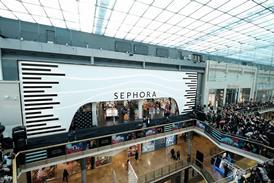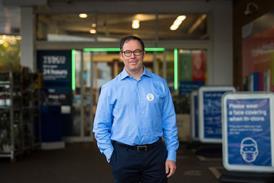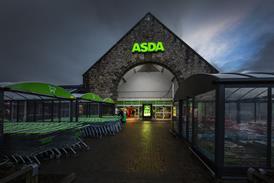Three things retailers can learn from the growth of snacks business Graze

The boss of the fast growing snacks etailer Graze says that retailers can learn from its agile delivery business and how it uses data.
Already have an account? Sign in here



















